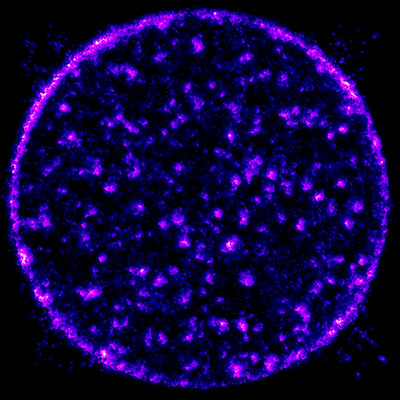 RAW STORY– Scientists said Sunday they had trapped and stored antihydrogen atoms for a record 16 minutes, a stunning technical feat that promises deeper insights into the mysteries of antimatter.
RAW STORY– Scientists said Sunday they had trapped and stored antihydrogen atoms for a record 16 minutes, a stunning technical feat that promises deeper insights into the mysteries of antimatter.
Particles and anti-particles annihilate each other in a small flash of energy when they collide.
At the moment of the big bang, nearly 14 billion years ago, matter and antimatter are thought to have existed in equal quantities. If that balance had persisted, the observable Universe we inhabit would never have come into being.
For unknown reasons — and fortunately for us — Nature seemed to have a slight preference for matter, and today antimatter is rare.
This asymmetry remains one of the greatest riddles in particle physics.
Ongoing low-energy experiments with hydrogen atoms could be a key step toward solving it.
“We can keep the antihydrogen atoms trapped for 1,000 seconds. This is long enough to begin to study them — even with the small number that we can catch so far,” said Jeffrey Hangst, spokesman for the ALPHA team conducting the tests at the European Organisation for Nuclear Research (CERN) in Geneva.
In the study, published in the journal Nature Physics, researchers report trapping some 300 antiatoms.
Scientists used CERN’s high-energy accelerator to create the antihydrogen atoms, and then chilled them to near-zero temperatures.
The aim is to use laser and microwave spectroscopy to compare the immobilised particles to their hydrogen counterparts.
The same team succeeded last fall in trapping dozens of antimatter atoms and holding them in place for a fraction of a second, a world first at the time.
But that was not long enough for the excitable particles to settle into the stable “ground” state needed for precise measurements.
The new benchmark extended this storage time 5,000 fold, making it possible to carry out crucial experiments.
Read the full story about Scientists ‘Trap’ Anti-Matter for Record 16 Minutes.
© 2011 RAW STORY
Photo by Flickr user Fire Brace










